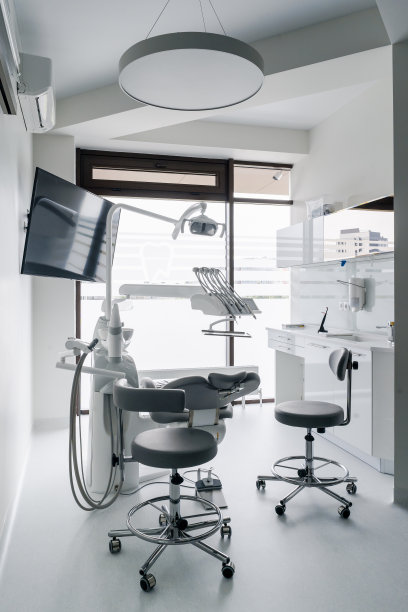The Journey of Extracting a Tooth Understanding the Procedure Aftercare and Pain Management Tips for a Smooth Recovery
Summary: Extracting a tooth can be a daunting experience for many, but understanding the procedure, aftercare, and pain management can significantly ease the journey. This article provides a comprehensive overview of the tooth extraction process, detailing what to expect before, during, and after the procedure. We will explore effective aftercare practices that promote healing, discuss strategies for managing pain, and highlight tips for achieving a smooth recovery. With this knowledge, individuals undergoing a tooth extraction can feel more prepared and confident in navigating this essential dental procedure.
1. Understanding the Tooth Extraction Procedure

Tooth extraction is a common dental procedure performed to remove a tooth that is damaged or decayed beyond repair. The process typically begins with a consultation where the dentist assesses the tooths condition through an examination and possibly X-rays. This helps determine the best extraction method, whether it involves simple extraction for easily accessible teeth or surgical extraction for those that are impacted or broken.
On the day of the procedure, the dentist will administer anesthesia to ensure that the patient is comfortable and pain-free. Local anesthesia numbs the area around the tooth, while sedation options like nitrous oxide can help alleviate anxiety. Once numb, the dentist will gently loosen the tooth using a dental instrument called an elevator and, if necessary, remove it with forceps.
Overall, understanding the tooth extraction procedure helps demystify the experience and prepares patients for what lies ahead, reducing anxiety and encouraging informed discussions with dental professionals.
2. Essential Aftercare Practices
After the extraction, proper aftercare is crucial for promoting healing and preventing complications like infection. The first step post-extraction is to bite gently on a gauze pad placed over the extraction site. This helps control bleeding and supports the formation of a blood clot, which is essential for the healing process.
Patients are advised to avoid strenuous activities for the first 24-48 hours following the extraction. Rest is vital as it allows the body to initiate the healing process without unnecessary strain. Additionally, individuals should maintain a semi-upright position for the first few hours to minimize swelling.
It is also crucial to follow specific dietary guidelines, especially during the first few days after extraction. Soft foods such as yogurt, mashed potatoes, and smoothies are recommended, while hot, spicy, or hard foods should be avoided to prevent irritation at the extraction site.
3. Effective Pain Management Strategies
Pain management following a tooth extraction is an important component of recovery and varies based on individual pain thresholds. Dentists often prescribe over-the-counter pain relievers such as ibuprofen or acetaminophen to help control discomfort. In some cases, stronger prescription medications may be given for more severe pain.
In addition to medication, applying a cold compress to the outside of the cheek near the extraction site can significantly alleviate swelling and numb pain. It’s advisable to use the compress periodically for the first 24 hours after surgery to maximize its effectiveness.
Moreover, patients should follow the dentists pain management advice closely and communicate any severe or persistent pain that does not improve with over-the-counter medications. Swift action can prevent further complications and ensure a smoother recovery.
4. Tips for a Smooth Recovery
To maximize the chances of a quick and smooth recovery after a tooth extraction, communication with the dentist is paramount. Patients should not hesitate to reach out with any questions or concerns during the recovery period. Keeping follow-up appointments is equally important to ensure that the extraction site is healing appropriately.
Maintaining good oral hygiene is critical, but care should be taken when brushing near the extraction site. Gentle brushing and rinsing with warm salt water can help keep the mouth clean without disturbing the healing tissue.
Finally, lifestyle choices such as avoiding tobacco and alcohol can significantly impact recovery. Smoking can disrupt blood flow and delay healing, while alcohol can interfere with medications and promote bleeding. Making healthier choices during recovery can lead to a more successful outcome.
Summary:
This article covered the essentials of tooth extraction, taking readers through the procedure, aftercare practices, effective pain management strategies, and tips for a smooth recovery. Equipped with this knowledge, patients can navigate their tooth extraction journey with increased confidence and comfort.
This article is compiled by Vickong Dental and the content is for reference only.


